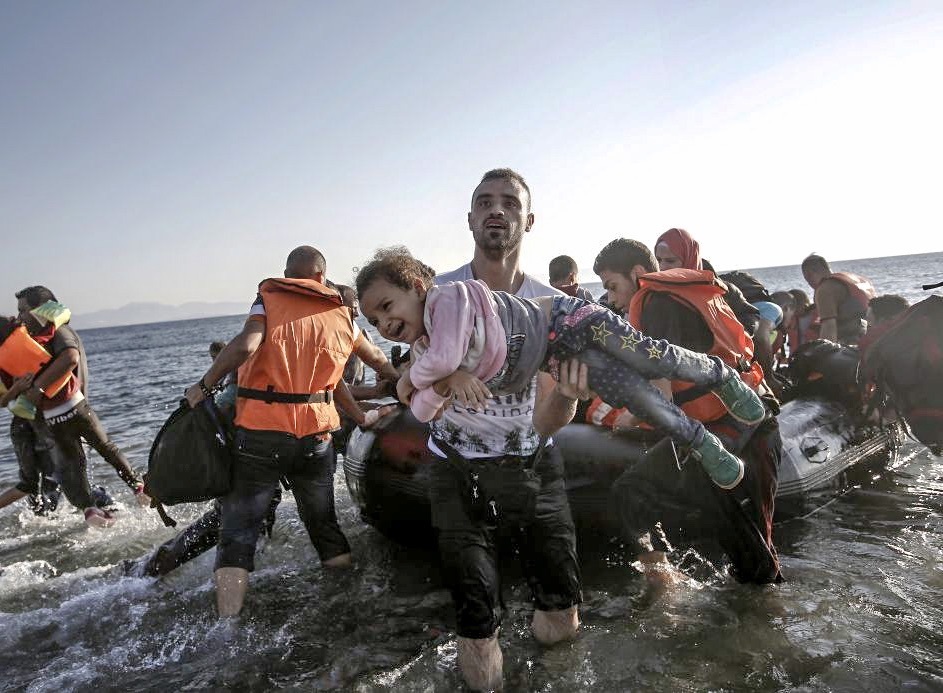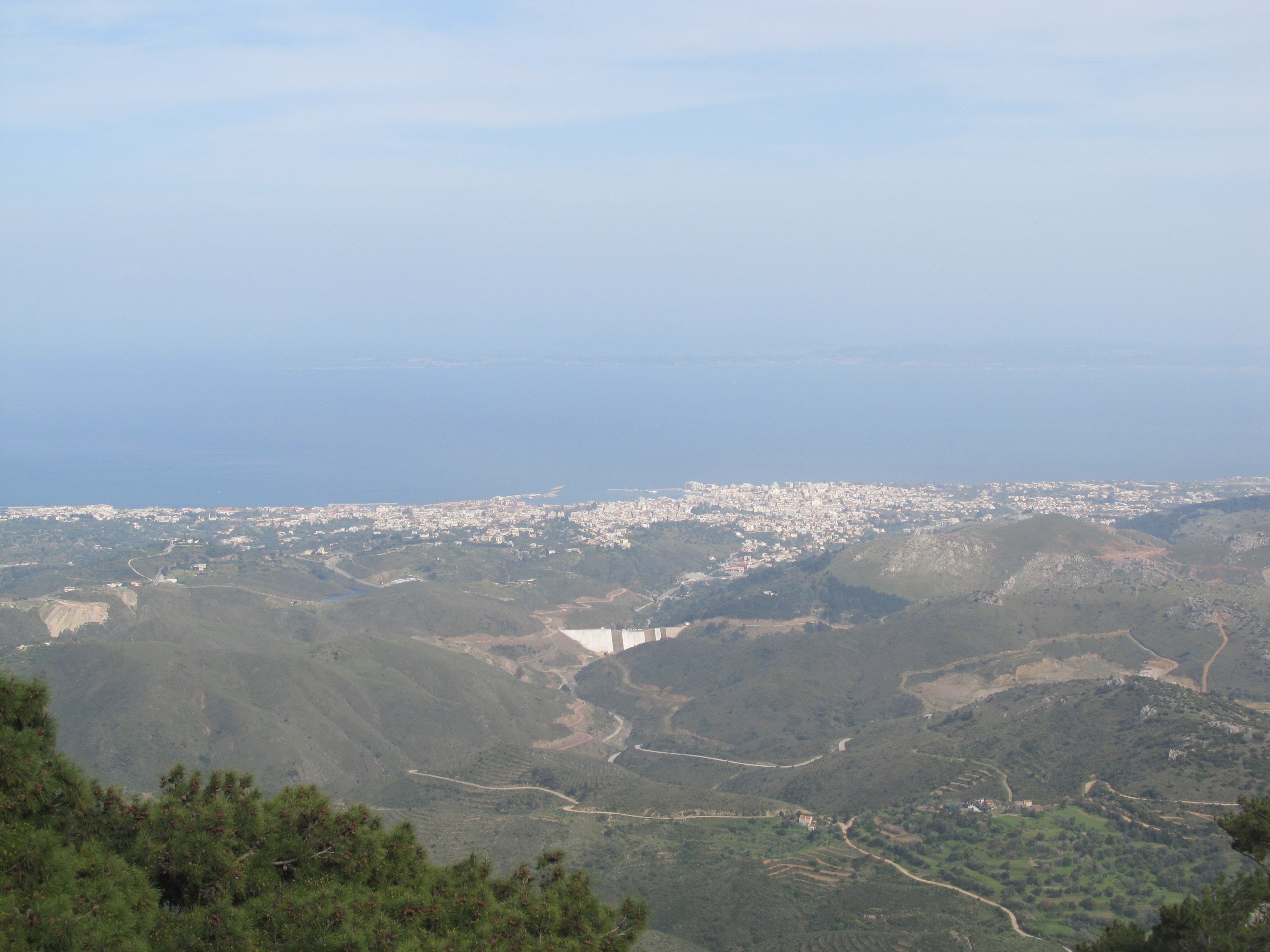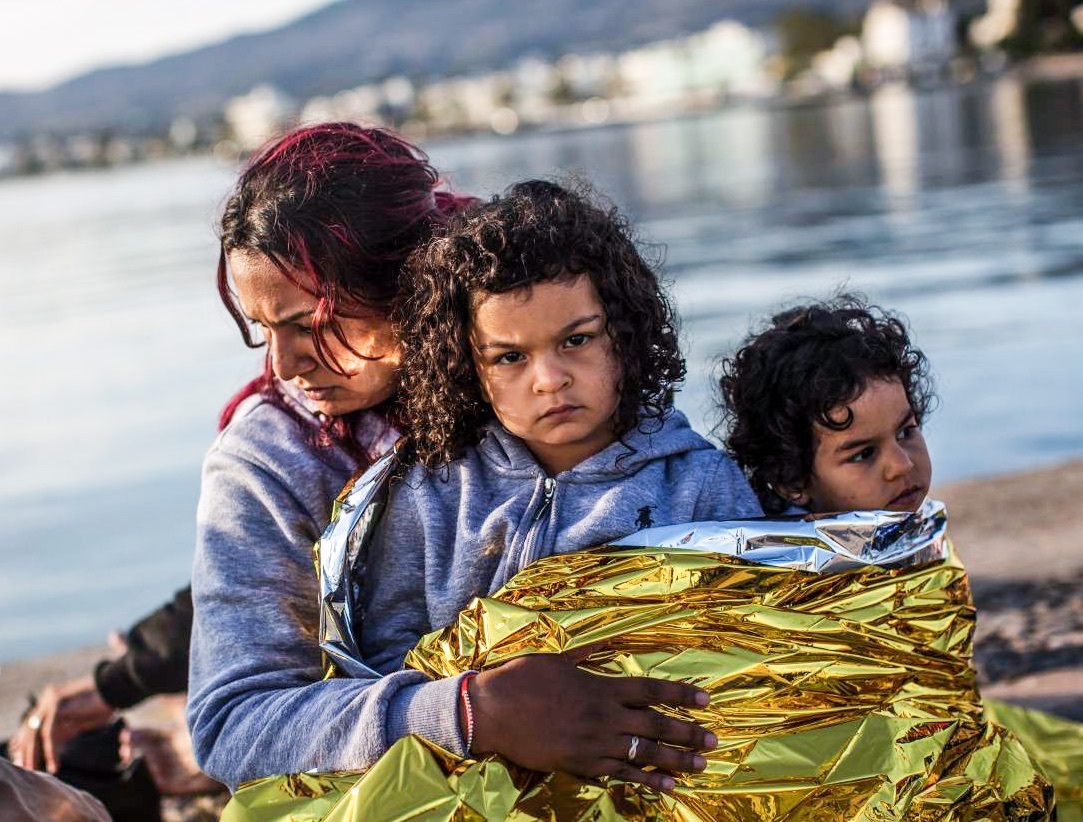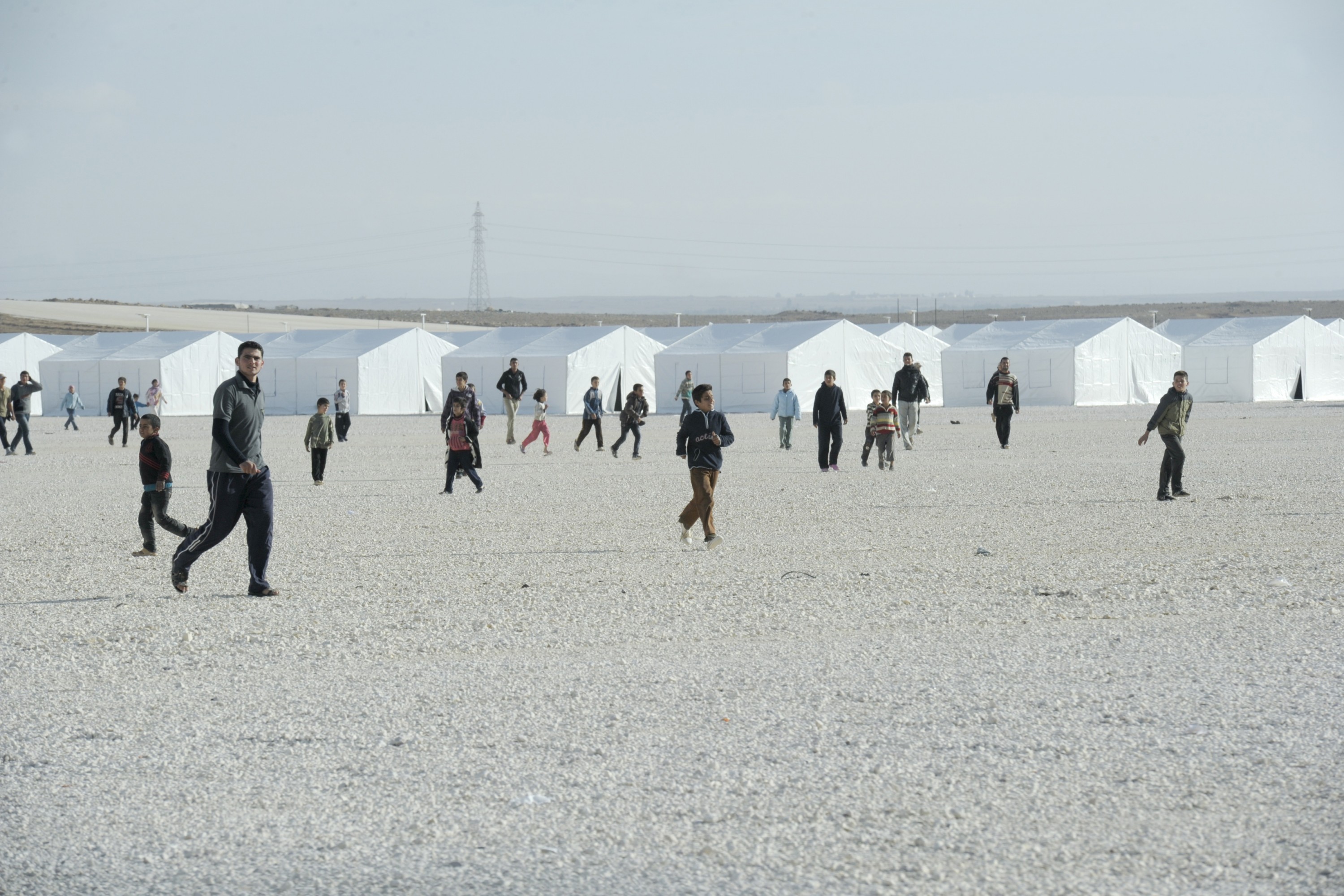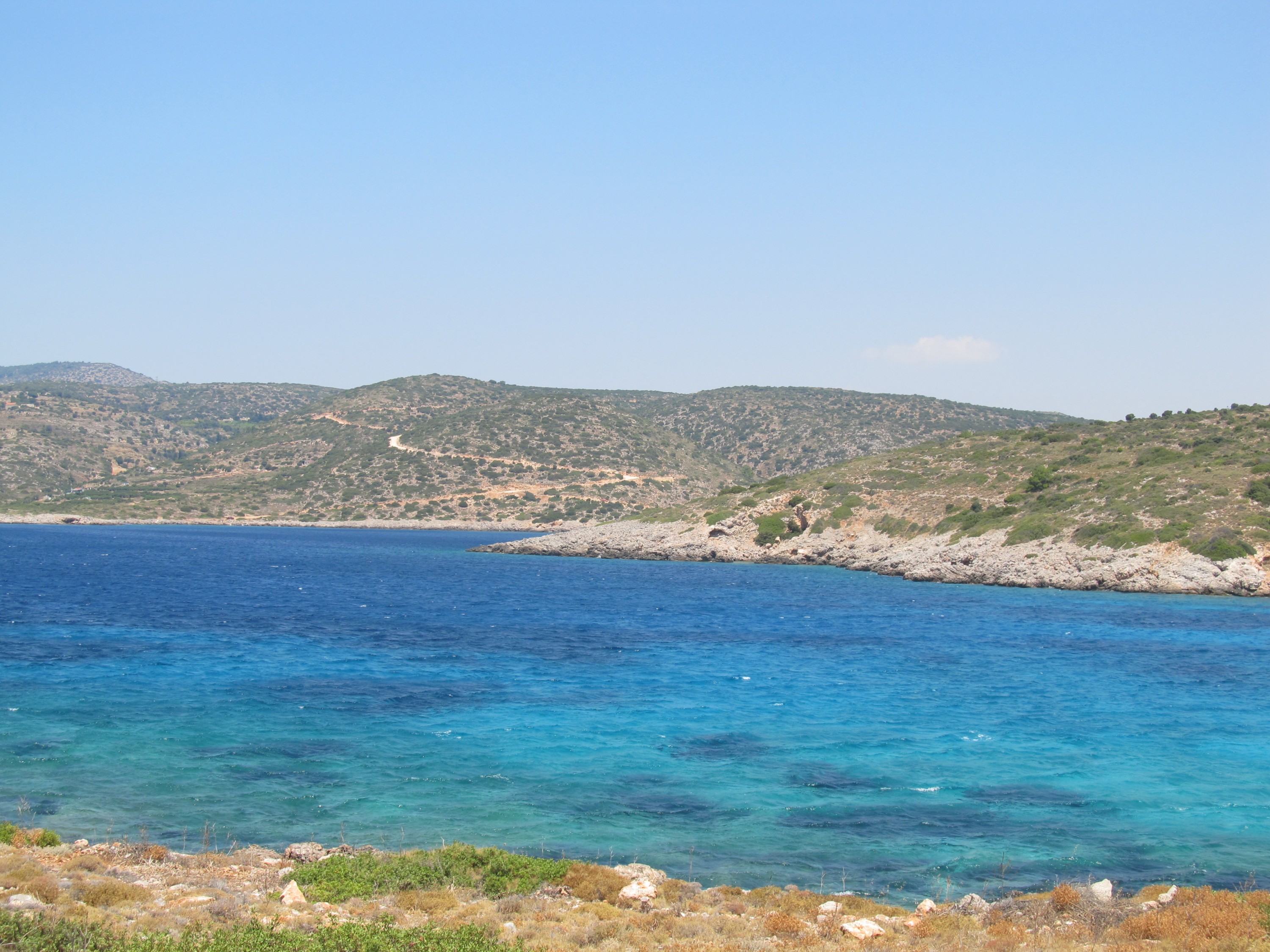I spent a year and a half in Chios, Greece teaching children English. My semester started in September of 2014. The following months were when the Syrian refugees started coming in from Turkey. Mind you, while we’re still talking about Greece, temperatures were near freezing at night from October until the end of February. Plus there was aggressive, cold rain almost daily. And, being in the Northern Aegean, lots of waves.
Much like the way the seasons change, so does the rate of refugees coming in. Prior to my first encounter I hadn’t seen more than a handful of refugees in the port city of Chios Town, which is 45 minutes south of where I was living. My evening began like any other, it was a cold November night, wind blowing and so I had some soup for dinner. Earlier in the evening, around dusk I heard my neighbors outside playing with their motorbikes and making lots of noise conversing in the streets.
At around nine o’clock at night I assumed it was them knocking on my door with fervor. I opened my door expecting to see some familiar faces. Instead to my dismay there were 14 gaunt faces looking at me and asking for help. Once I realized what was going on I surveyed the situation. There were twelve men, one young boy and a woman. The one man who seemed to be the ringleader kept saying, “Help her, help her.” He spoke some English and German. He told me she was pregnant and she had fallen into the icy water as they were disembarking from the raft.
Photo Credit: Anastasia Spanos
At this point I was in total shock. They had probably knocked on many doors as my door wasn’t the first on the street and had left their raft at the beach, which was about 300 meters away. With much urgency, I brought the pregnant lady into my home. She was shaking she was so cold and wanted to use the bathroom. She was drenched and shivering, so I let her into my bathroom and meanwhile I got waters for the guys outside, who kindly stayed outdoors. I then grabbed my Adidas tracksuit pants as they were the warmest I could find that would also fit on her belly. I gave her some socks too and socks to the guys outside and the young boy outside.
Related articles: “REFUGEES IN EUROPE: THE ANATOMY OF A GLOBAL CRISIS”
“EUROPE’S FLIGHT FROM THE REFUGEE CRISIS“
There was the issue of what to do next. I recalled seeing refugees down in the port town, but how did they get there and what was the protocol? I first called my friend in the village who is a police officer. They were getting calls like this weekly and transport of the refugees was supposed to be a collaborative effort. First the port authority, as in the local coast guard, would spot the refugees on their raft and determine where they would disembark. Then the police would intercept the refugees and take them to get booked essentially with a name, asylum status, and place of origin.
In the Photo: A Syrian family waits after being escorted into the harbor by the Greek Coast Guard. Photo Credit: Flickr/Freedom House.
As this all happened in the evening, the police were less than enthusiastic to come help and figure out how to get the refugees to Chios Town. Twenty-five minutes later, the police arrived on my street and had the refugees follow the car to the village square, which is a five minute walk from my house. At that point, I lost track of the refugees. I still wonder what they are all doing and where they ended up. When I was still in Greece, I’d frequently look for at least the pregnant lady to see if she’s around or had given birth yet.
The rate of immigrants from November 2014 remained the same until around March 2015. Then there were weekly rafts of refugees coming into all the beaches. Buses packed with people would be transported from the village to Chios Town daily. Sometimes, if it was a nice day I would see dozens of refugees walking the roughly 25 kilometers from Kardamyla to Chios Town. Eventually UNICEF stepped in and started setting up tents in Chios Town for people to sleep in. Last time I saw about 20 tents.
In the Photo: Views of the Zaatri Refugee Camp in Jordan, similar to what would have been seen in Chios Town, Greece. Photo Credit: UN Photo/Mark Garten.
The situation is grim as there were folks I had seen in Chios Town for many months who have left everything from home behind them, brought whatever money they had and hope and pray for the best, for a safe-haven and life to start anew. At some point, any hope must be overshadowed by this sense of despair in being in limbo for so long.
For a full mindmap behind this article with articles, videos, and documents see #refugees
It was heartbreaking to see the same people week after week just surviving with what they had, and yet in the back of my mind I was always thinking about the pregnant woman and what could have happened to her and her baby. As new waves of refugees come more and more frequently, hopefully a solution, and some sort of unified effort can help these people.
In the Photo: Chios Town, Greece. Photo Credit: Anastasia Spanos
Recommended reading: “THE SKIHS WHO SAVED PARMESAN”
“GREECE FERRIES SECOND BOAT OF MIGRANTS TO TURKEY UNDER EU DEAL”
_ _


